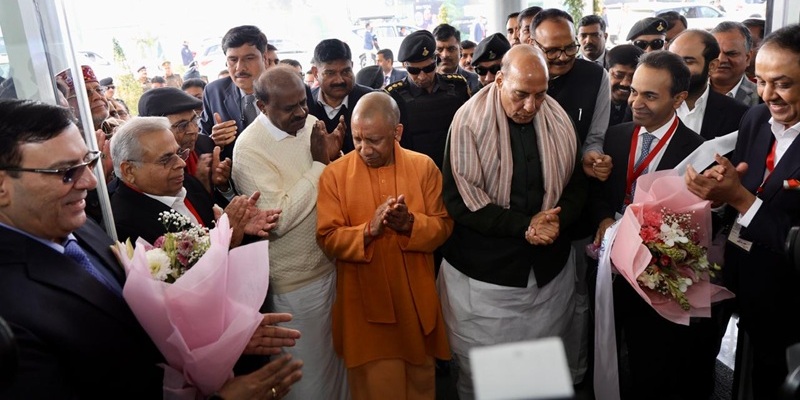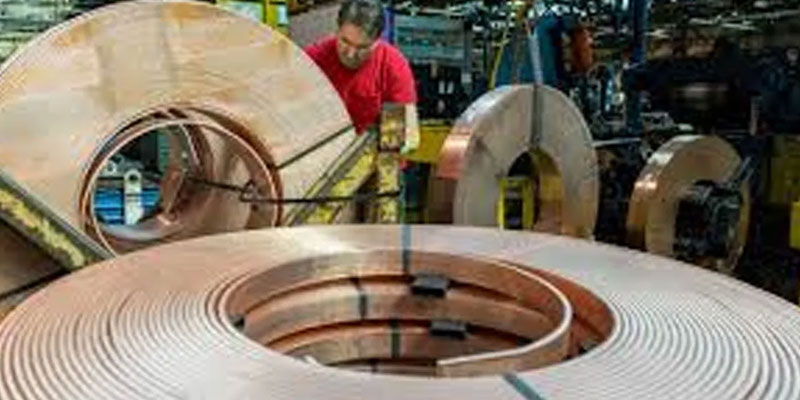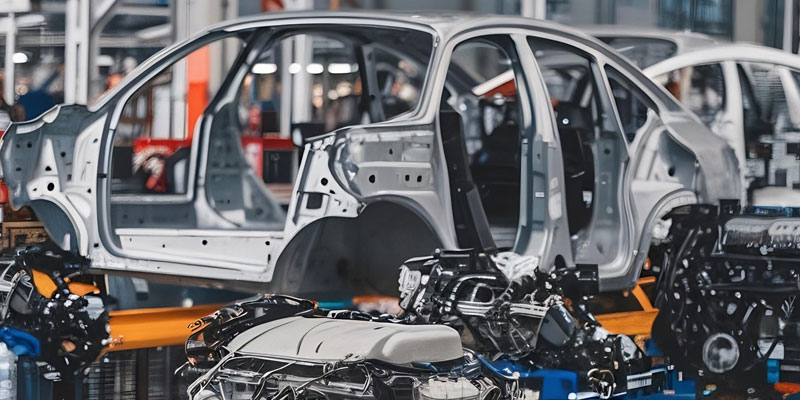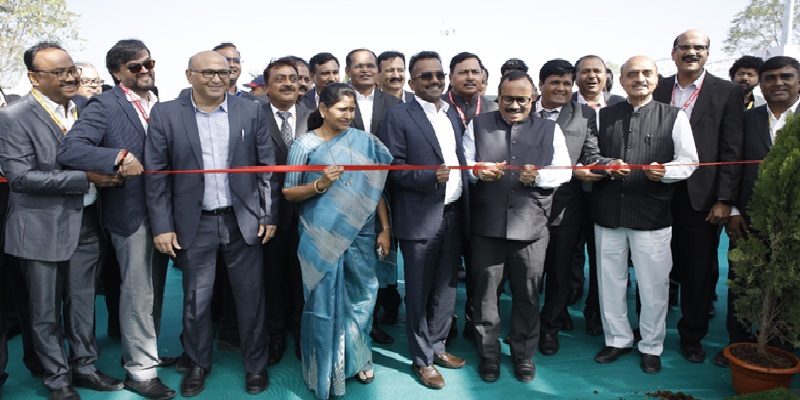Schedule a Call Back
Policy push and new technologies to drive electrical vehicles sales in India
 Articles
Articles- Jul 31,24

- First, provide longer term policy clarity. For example, Mercedes recently mentioned that they would invest in the EV market in India if GST stayed at 5 per cent for the next 10-years. This type of policy clarity will be beneficial for all players. Automotive investment returns are over many years, and policy plays a big role in the returns, so having long-term clarity is necessary for long-term investments.
- The government should either eliminate subsidies altogether or make them more inclusive. The PLI policy, for example, is closed to a certain set of manufacturers and the criteria for investments and audits are so high that most who have qualified are not able to benefit from it.
- It really is time to rollout a policy for battery swapping. Battery swapping is far superior to charging as it cuts down time of refueling to a few minutes from a few hours, and eliminates one of the major inconveniences of owning an EV. Clarity on this will be a big boost for the EV industry.
Related Stories

Ashok Leyland opens green mobility-focused greenfield plant in Uttar Pradesh
Designed primarily for electric vehicle manufacturing, the plant has an annual production capacity of up to 5,000 vehicles.
Read more
Copper Prices Hit Record Above $13,000 per Tonne
Supply fears and AI-led demand drive sharp rally
Read more
EV transition and tariff wars redefine India’s auto components play
India’s auto component industry is poised to hit $ 145 billion by FY30 from $ 80 billion in FY25. Yet high US tariff, EV transition and heavy reliance on imports from China expose vulnerabilities,..
Read moreRelated Products

Automotive Oil Pump
Kalpak Auto Pvt Ltd offers a wide range of
automotive oil pump.
Tata Motors unveils facilities for development of Hydrogen propulsion tech
Tata Motors, India?s largest automobile company, unveiled two state-of-the-art & new-age R&D facilities for meeting its mission of offering sustainable mobility solutions. The unveilings constitute of Read more
Tata Motors plans petrol powertrain for Harrier and Safari SUVs
Tata Motors is in the process of developing a new petrol powertrain for its premium sports utility vehicles, the Harrier and Safari, as confirmed by a senior company official. Currently, these models Read more















